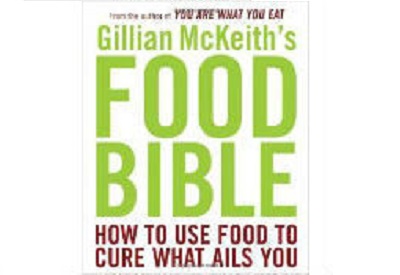The Nordic Diet is an eating strategy based on the traditional way of eating from Iceland, Finland, Norway, Denmark, Sweden and Greenland. Just like the Mediterranean Diet, which is also based on the traditional foods in a specific part of the world, it was not developed with weight loss in mind. Instead, it is meant to be healthy, balanced and delicious and can result in weight loss by correcting certain nutritional issues such as overeating or consuming too many processed foods.
What Do You Eat on the Nordic Diet?
When you’re following the Nordic Diet, you’ll be using the following guidelines to help you make the right choices:
- Whenever possible, choose more vegetables, fruits, seasonal and organic foods.
- Eat more whole grains.
- Choose foods from the wild, lakes and seas.
- Eat less meat but choose high quality meat when you do have it.
- Choose less sugary and less processed foods.
- Waste less food.
- Prepare more foods at home.
Losing Weight with the Nordic Diet
As people start using this eating strategy, they will often lose weight. This is particularly true when it comes to the fat they carry around their middle. This is good news not only because many people want to lose the weight around their waists the most. That said, it is also a great place to lose weight when it comes to your health. The middle is one of the most dangerous places to carry extra fat stores, and one of the most beneficial places to lose it.
Reducing Heart Disease Risk with This Eating Strategy
Risk factors for heart disease include high blood pressure, glucose, unhealthy cholesterol levels, and insulin levels that aren’t ideal. These are all areas improved by the Nordic Diet among many people. Scientists believe that both weight loss and eating these types of food will help to support heart health and improve heart disease risk factors.
An Environmentally Friendly Eating Strategy
Among the Nordic Diet’s primary goals is eco-friendliness. Therefore, though it’s healthful to eat more plant-based foods than animal-based ones, it’s also great for the planet. Moreover, since this diet encourages us to eat more local and in-season foods, it reduces the distance ingredients need to travel and, therefore, the carbon footprint your diet leaves behind. Equally, foods picked when they’re ripe and consumed close to the time they were picked, they provide higher nutrient levels.





